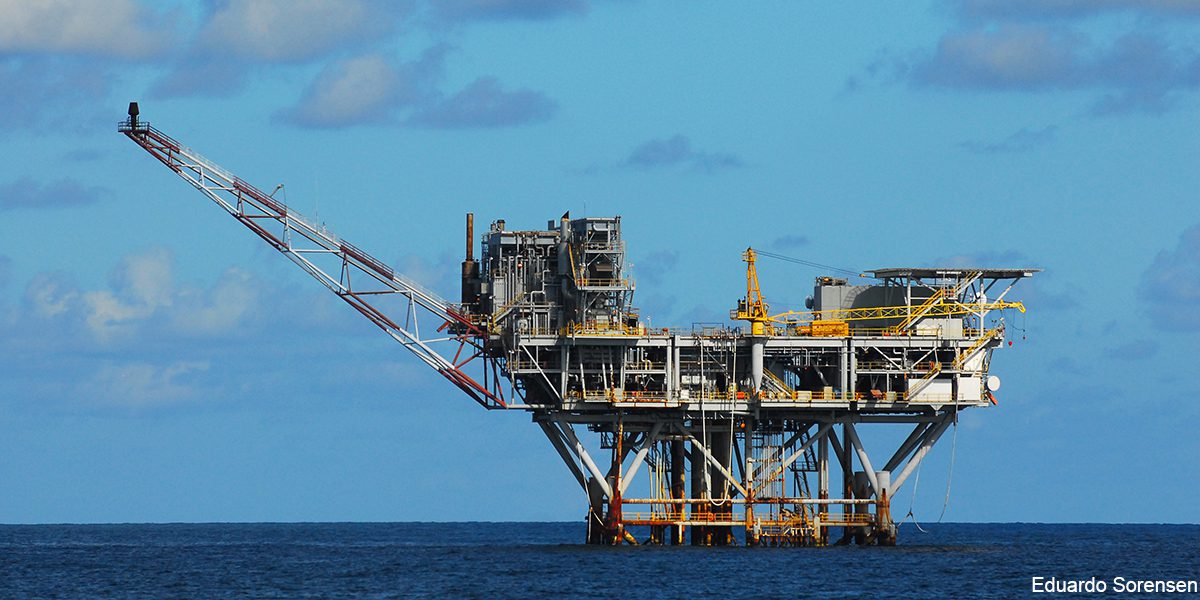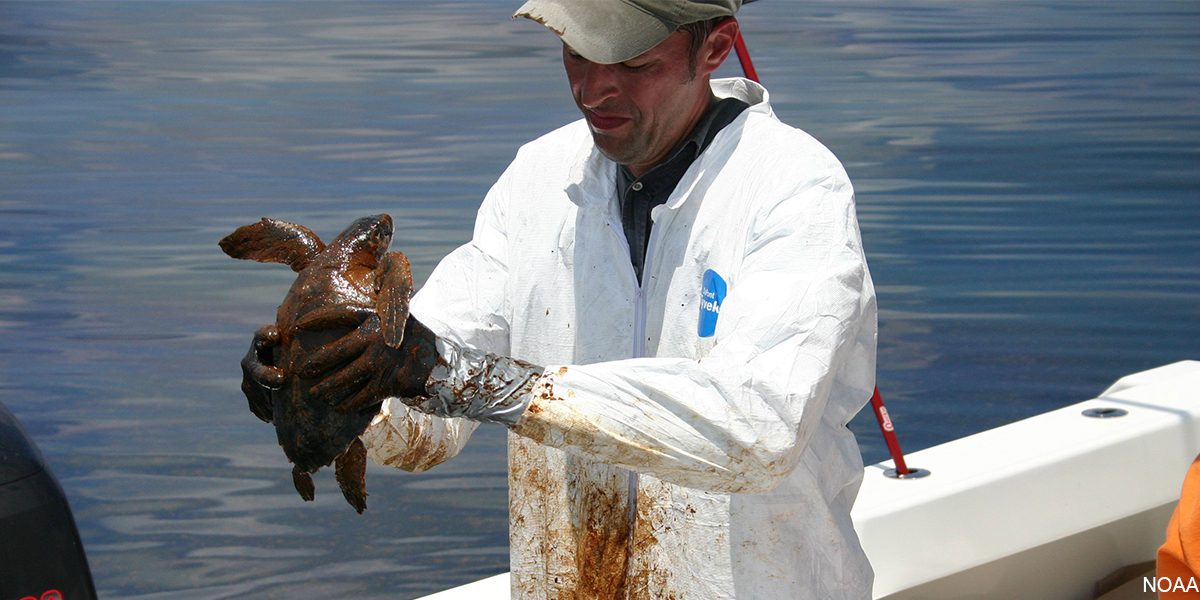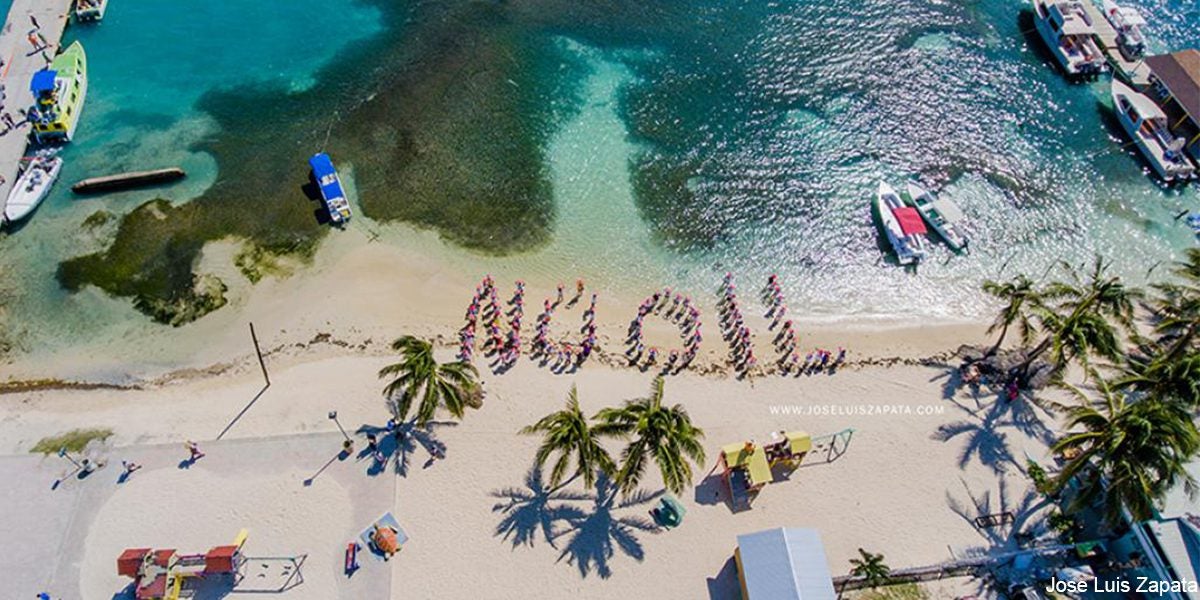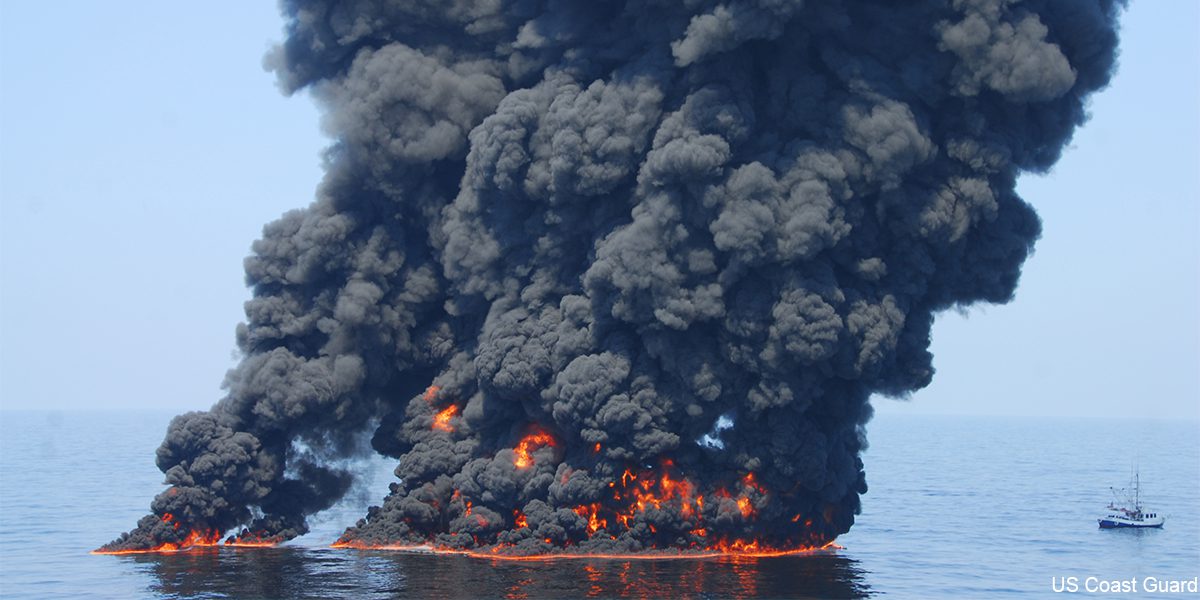June 8, 2018
Marine protected areas or marine petroleum areas?
Estimated reading time: 0 minutes
BY: Sarah Cameron
Topics: Protect Marine Habitat
Marine protected areas (MPAs) are like Canada’s national parks – but for the oceans. They’re essentially a space in the ocean where human activities are more strictly regulated than in the surrounding waters. Although they often exist in the backyards of Canada’s coastal communities, the country as a whole is connected to them through the seafood we eat, as a place of recreation, cultural inspiration and the many watersheds that flow through our country to the ocean.
MPAs are established to protect important or sensitive marine habitat, but some of these “protected habitats” are now at risk from activities that threaten the long-term health and integrity of these sites, such as the exploration and extraction of oil and gas.
 In 2010, the Canadian government made international commitments to protect 10 per cent of Canada’s oceans by 2020. As part of a national marine habitat protection plan, they have used many strategies to protect our oceans, including creating MPAs. Today, almost eight per cent of the oceans in Canada are protected – a big increase from less than one per cent we had just a few years ago.
In 2010, the Canadian government made international commitments to protect 10 per cent of Canada’s oceans by 2020. As part of a national marine habitat protection plan, they have used many strategies to protect our oceans, including creating MPAs. Today, almost eight per cent of the oceans in Canada are protected – a big increase from less than one per cent we had just a few years ago.
Establishing areas as MPAs is only part of the story though; these marine habitats also need to be managed in ways that keep them from being damaged by human activity.
Over the past few months, conversation has intensified about offshore oil drilling and exploration in marine protected areas off the coast of Atlantic Canada. Both the premiers of Nova Scotia and Newfoundland and Labrador are calling on Ottawa to allow oil drilling in MPAs and other protected areas. In some places, the call for exploration bids has already begun.
In fact, threats of offshore oil drilling begin far before a rig is ever put in the water – seismic airguns make dynamite-like blasts as they shoot compressed air in search of oil and gas deposits. This produces sound waves that travel through the water, penetrate deep into the ocean floor and reverberate back to the surface. These blasts are one of the loudest human-generated noises in the ocean and can go off every 10 seconds, 24 hours a day, for days to weeks on end.

A Kemp’s Ridley sea turtle getting rescued and cleaned after an oil spill.
For many marine species, including endangered and threatened animals that rely on hearing for their survival, seismic testing may cause serious harm. Injuries can include temporary and permanent hearing loss, abandonment of habitat and disruption of mating, feeding and migration. Studies have also shown that seismic airguns can dramatically decrease catch rates of commercial fish species by about 50 per cent on average over thousands of square kilometres, with even greater reductions in areas close to where the guns are being used.
And everyone knows the risks of drilling – the consequences of oil spills can last generations, decimating entire ecosystems and destroying key coastal industries such as fishing and tourism. Experiences in the Gulf of Mexico, with Deepwater Horizon, is one example of why countries are moving away from this risky industry. Thanks to Oceana’s campaigning, Belize has recently become the first country in the world to put in place an indefinite moratorium on offshore oil drilling.

Belizeans protest by spelling out “NO OIL” in the sand and successfully become the first country in the world to ban all offshore oil.
Simply put, environmentally-damaging industrial activities and infrastructure development are not compatible with the conservation objectives of marine protected areas.
Oil and gas exploration and development activities in protected areas should be banned along with other environmentally destructive practices. The social, cultural and economic benefits from healthy and abundant oceans should be prioritized over non-renewable resource extraction. The potential damage from oil and gas poses too great a risk to the marine ecosystem and the livelihoods of coastal communities.
It is absolutely inappropriate for the Government of Canada to allow the exploration and development of oil and gas in areas it is also claiming as meaningful contributions to the international target of protecting 10 per cent of Canada’s oceans by 2020.
Learn more about protecting marine habitat in Canada, join us as a Wavemaker for the latest updates and help us spread the word that MPAs are about ocean protection, not petroleum.

Since coming to Canada nearly three years ago, Oceana Canada has been campaigning for the protection of sensitive marine habitats. With partners such as researchers, non-governmental organizations, the federal government and Indigenous Peoples we have been out on three research expeditions to study marine habitats and advocate for their protection.

